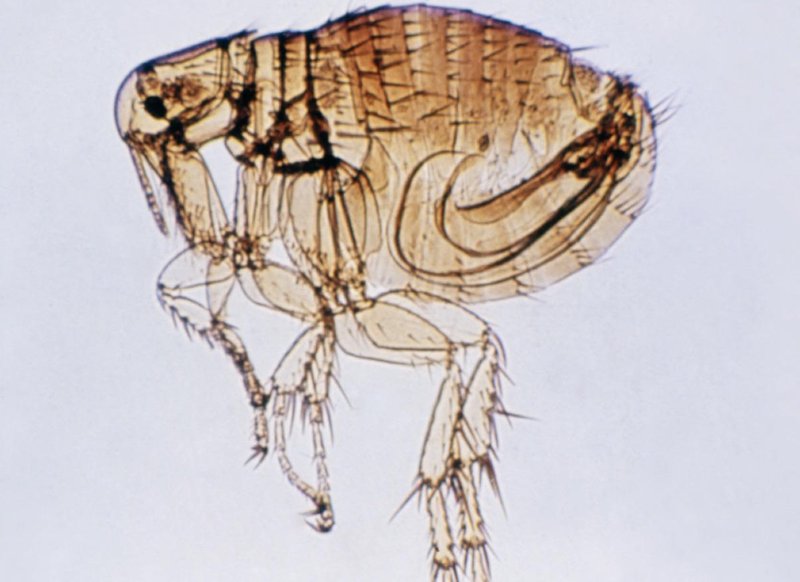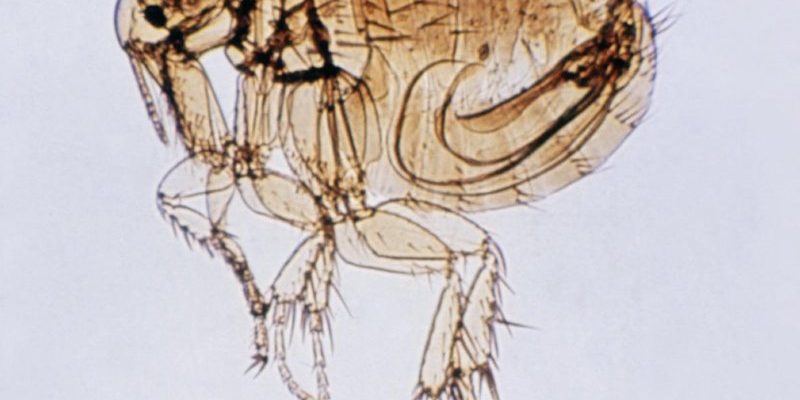
You might be wondering, how do these minute insects convey messages to each other? Well, it turns out they have their own unique ways of getting their point across, using body language, pheromones, and even vibrations. Just like people might chat with each other face-to-face or send texts to stay connected, fleas have their own style of interaction. In this article, we’ll dive into the various ways fleas communicate and interact with one another, giving you a clearer picture of their tiny yet intricate world.
The Role of Pheromones in Flea Communication
One of the primary ways fleas communicate is through pheromones—chemical signals that convey messages between individuals. Imagine walking into a bakery and getting a whiff of fresh cookies; that smell might prompt you to go inside. Similarly, when a flea releases pheromones, it can alert other fleas to various things, like the presence of food, a potential mate, or even danger.
Different types of pheromones serve different purposes. For example, alarm pheromones signal to other fleas that something is threatening. When one flea senses danger, it releases this alarm pheromone, prompting nearby fleas to jump away or scatter to safety. This could be compared to a fire drill where, once one person yells “fire,” everyone else reacts quickly to get out.
In addition, there are pheromones that help fleas find mates. When a female flea is ready to mate, she emits specific chemicals that attract males. It’s like sending out an invitation to a dance, and the males can’t resist flocking to her. This form of communication is essential for their reproduction, helping to ensure future generations.
Vibrational Signals: A Different Communication Mode
Besides pheromones, fleas also use vibrational signals to interact with each other. These tiny creatures can perceive vibrations through their legs and bodies. For fleas, this means they can sense changes in their environment, like the approach of a potential host or a nearby flea.
Imagine standing on a subway train. You can feel the vibrations as it moves, and you might even hear the subtle shifts around you. Fleas do something similar. They can pick up on the vibrations caused by a host moving nearby, which prompts them to jump onto the host for a meal. Similarly, vibrations can signal to other fleas that there’s a suitable location nearby, like a furry animal.
These vibrational signals are not just about finding food; they can also serve as a form of social interaction. Fleas might communicate their own presence or territorial claims through specific vibration patterns, letting others know where they stand without a word—just like a nonverbal conversation.
Body Language: Communication Beyond Words
Body language is another important aspect of flea communication. Even without a sound, fleas can express a lot through their movements and postures. When you see a flea jumping, for example, it could signify that it’s excited or alert. It’s not just haphazard hopping; it’s a way to show readiness to engage or flee.
Fleas often engage in specific movements to interact socially. For instance, you might notice more jumping around when fleas are exploring new territory or are in the presence of other fleas. They might use their antennae to touch or gently nudge each other, a bit like a friendly tap on the shoulder among friends.
In a way, this can be likened to how we use gestures or facial expressions to communicate emotions. Whether they’re signaling dominance, curiosity, or even reluctance to engage, these subtle movements play a crucial role in the social dynamics of flea communities.
The Importance of Social Interaction Among Fleas
Fleas are not just solitary creatures; they thrive in social environments. Interaction among fleas is vital for their survival and reproduction. When they gather in a group, they’re better able to find hosts for feeding and can reproduce more effectively. In a crowded environment, they also have more opportunities to communicate—like a bustling café full of chatter.
Social interaction among fleas can help establish hierarchies. Some fleas may dominate over others, often reflected in their movements and behaviors. If a larger or more aggressive flea approaches, smaller fleas may withdraw or jump away to avoid confrontation, a clear sign of social dynamics at play.
These interactions can also influence colony health. Fleas in a group can share information about environmental factors, such as suitable places to lay eggs or potential threats. This collective knowledge can lead to better survival rates for the fleas who manage to live together harmoniously.
Why Understanding Flea Communication Matters
So, why does it matter to understand how fleas communicate and interact? For pet owners and those dealing with flea infestations, knowing these behaviors can provide valuable insights. If you understand how fleas communicate, you can better manage them when they invade your space.
For example, when treating a flea infestation, recognizing their social dynamics can help you choose the right products and methods. If you know that fleas are attracted to pheromones, you might look for traps that utilize these cues. This understanding also extends to how you care for your pets—by regularly grooming them, you can disrupt flea communication, making it harder for fleas to thrive.
Moreover, researchers studying fleas can benefit from understanding their communication methods. This can lead to advancements in pest control measures, aiming for safer and more effective ways to manage flea populations while minimizing harm to pets and humans.
Fleas may be small, but their ways of communicating are anything but trivial. From pheromones to vibrations and body language, they have developed a rich system of interaction that supports their survival. Understanding how fleas communicate can empower pet owners and pest control experts alike, shaping better strategies against these unwelcome guests.
In this tiny world, every jump and wiggle plays a role in the lives of these insects. So, the next time you notice a flea scurrying around, remember that there’s a lot happening beneath the surface, and that tiny creature is just doing its part in the intricate dance of communication and survival, much like we do in our bustling human world.

